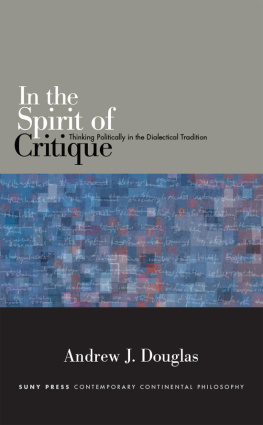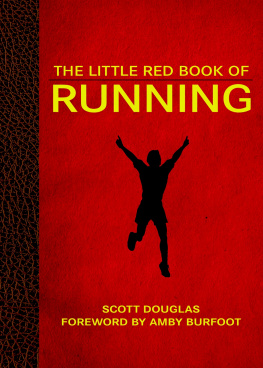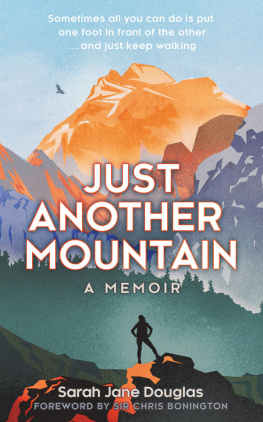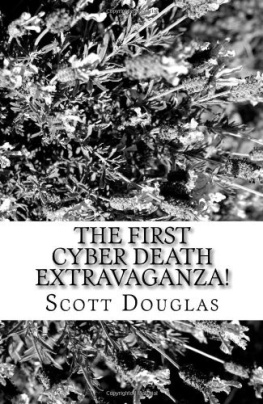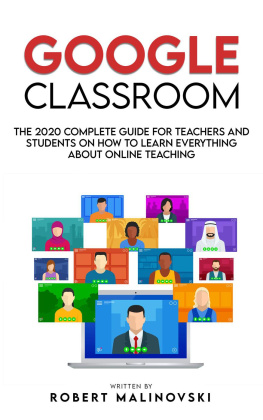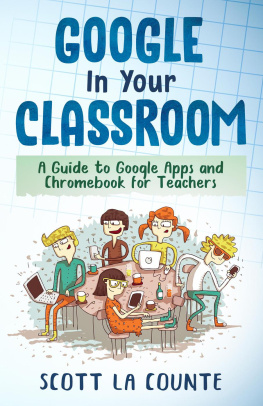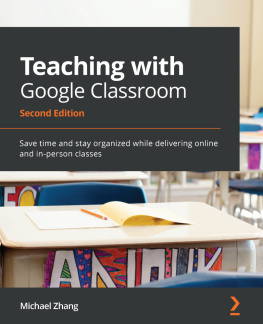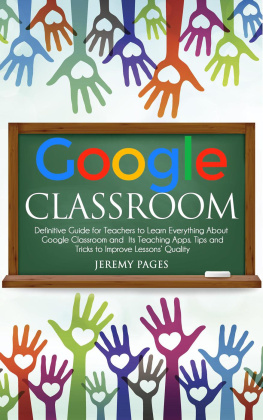GRACE DOUGLAS
GOOGLE CLASSROOM
A Beginners Guide to Online Teaching for Teachers and Students. Get the Best from Distance Learning and Teaching with Google and Learn How to Manage Virtual or Blended Classrooms.
Copyright 2020 - All rights reserved.
The content contained within this book may not be reproduced, duplicated or transmitted without direct written permission from the author or the publisher.
Under no circumstances will any blame or legal responsibility be held against the publisher, or author, for any damages, reparation, or monetary loss due to the information contained within this book. Either directly or indirectly.
Legal Notice : This book is copyright protected. This book is only for personal use. You cannot amend, distribute, sell, use, quote or paraphrase any part, or the content within this book, without the consent of the author or publisher.
Disclaimer Notice : Please note the information contained within this document is for educational and entertainment purposes only. All effort has been executed to present accurate, up to date, and reliable, complete information. No warranties of any kind are declared or implied. Readers acknowledge that the author is not engaging in the rendering of legal, financial, medical or professional advice. The content within this book has been derived from various sources. Please consult a licensed professional before attempting any techniques outlined in this book.
By reading this document, the reader agrees that under no circumstances is the author responsible for any losses, direct or indirect, which are incurred as a result of the use of information contained within this document, including, but not limited to, errors, omissions, or inaccuracies.
TABLE OF CONTENTS
Introduction
T echnological development is proliferating rapidly today. Developments have been almost sector-specific. Economics, politics, and education also apply the use of technology. Information technology is one of many tools used by managers to anticipate changes. With the development of IT, many people are making innovations to create IT that can be used to make things easier for other people to do their day-to-day activities, ranging from sending messages, doing assignments, communicating online, searching and shopping online, ordering tickets for events and transportation online, and many others. Therefore, many aspects of human life are influenced by technological developments in information, one of which relates to the learning process in the field of education.
Teachers must be able to use the various technologies, and be able to design, compile, guide, and evaluate student projects. Resources and services must be coordinated with colleagues and other professionals. This new role is challenging and requires a different approach to the career development of teachers.
Distance learning is a mode of education where teachers and students are separated, and learning is carried out through telecommunications systems. Many schools and universities around the world have used and experienced this learning system successfully. Educational technology is rising within the classroom. Teachers and educators must be prepared to interact with this emerging technology, which plays a significant role in learning and involves a wide variety of cognitive skills to integrate educational technology into future curriculum.
Applying education technology improves cognitive skills and characteristics. The role of educators in the teaching process in schools is not the same. Still, it depends on institutional characteristics, teaching and learning concepts, individual experiences, and types of teaching personalities. New technologies will not fundamentally change the role of educators; they will have a significant impact on how different teaching approaches can be applied in radically different technological and organizational environments.
One of the technologies is the internet; it has become an important part of life. Almost all human needs have been met through the internet. The government socializes the internet through training/workshops, offices, kindergarten schools, high schools, and many institutions. The ICT center is used in offices, schools, and institutions. It makes it easier for users to access the information they need. Now, the internet can also be accessed via a mobile phone. It makes things more comfortable and practical. It can be shown that many vendors are making quotes faster and cost-effectively. The consumer base is becoming large, and access to information is becoming faster. Information can be obtained anytime and anywhere. Education is one of the sectors in which information and communication technology is developed. Every year, a large number of educational institutions invest a lot in improving their systems, to bridge the existing technological gaps in the curricula. It gives the impression that technology can have a positive effect on students and teachers, in the teaching and learning process. Teacher-centric learning is no longer appropriate for this generation, so it needs to change to a more student-centric approach, especially for students who have diverse skills.
Students are expected to be more active by using the teacher's learning method. For example, students are divided into groups to engage in a discussion. They can think and share ideas for new topics. This creates cooperative learning.
Google Classroom is going to change the essence of instruction. For quite a long time, teachers have spent such an extensive amount of their time, both inside and outside the classroom, attempting to find the most ideal approach to instruct their students and give feedback immediately.
This took long efforts to achieve, and could cut into the learning time for students. To save time, teachers would pick the most effortless alternatives for picking up, removing inventiveness and a portion of the fun in learning.
The hardship was not only for the teacher. Students frequently needed to monitor papers from various classes, and in the confusion, they could mistakenly neglect significant information about the assignments.
Google Classroom has simplified the process in the classroom, and is making communication between teachers and students simpler. Google Classroom does a few things at its heart, and really does them well.
It provides a central hub for class events.
It helps teachers to determine assignments (and other classroom activities).
It collects student assignments.
It assists teachers in marking assignments and getting reviews.
It makes giving assignments back to students easier.
CHAPTER 1:
What is Google Classroom
G oogle Classroom is a learning center that can be dedicated to any level of education, and is designed to help find ways out of the challenges encountered in creating assignments without the use of paper. The use of Google Classroom may be through multiple platforms, such as via computers and devices. The many services provided by Google will make it much easier for instructors and teachers to carry out learning practices. The desired learning is not just in class, but also outside of the class, because students can learn anywhere and anytime when they access Google classroom online.
Using Google Classroom makes the learning experience more efficient, and both educators and students will be able to face each other at any time via Google Classroom online classes. Content files posted to the Classwork bar can be Word, PowerPoint, Excel, PDF, video files, or simulation files. The material provided in this implementation also applies to the everyday lives of students. This is done by educators to accommodate distinctions in the rate of thinking, background information, and differences in student learning styles. To start using Google Class, log in to your Google Account first and check the product. After signing in to the Google classroom account, we face three main menus: Streams , Classwork or student activities , and People .


